The Salvation Army has been involved in the education of learners with disabilities for a long time.
In Kenya, this work commenced in 1942, facilitated by an officer with experience in training people with visual impairments.
‘Let us then approach God’s throne of grace with confidence, so that we may receive mercy and find grace to help us in our time of need.’
Hebrews 4:16 NIVThe Salvation Army has been involved in the education of learners with disabilities for a long time. In Kenya, this work commenced in 1942, facilitated by an officer with experience in training people with visual impairments.
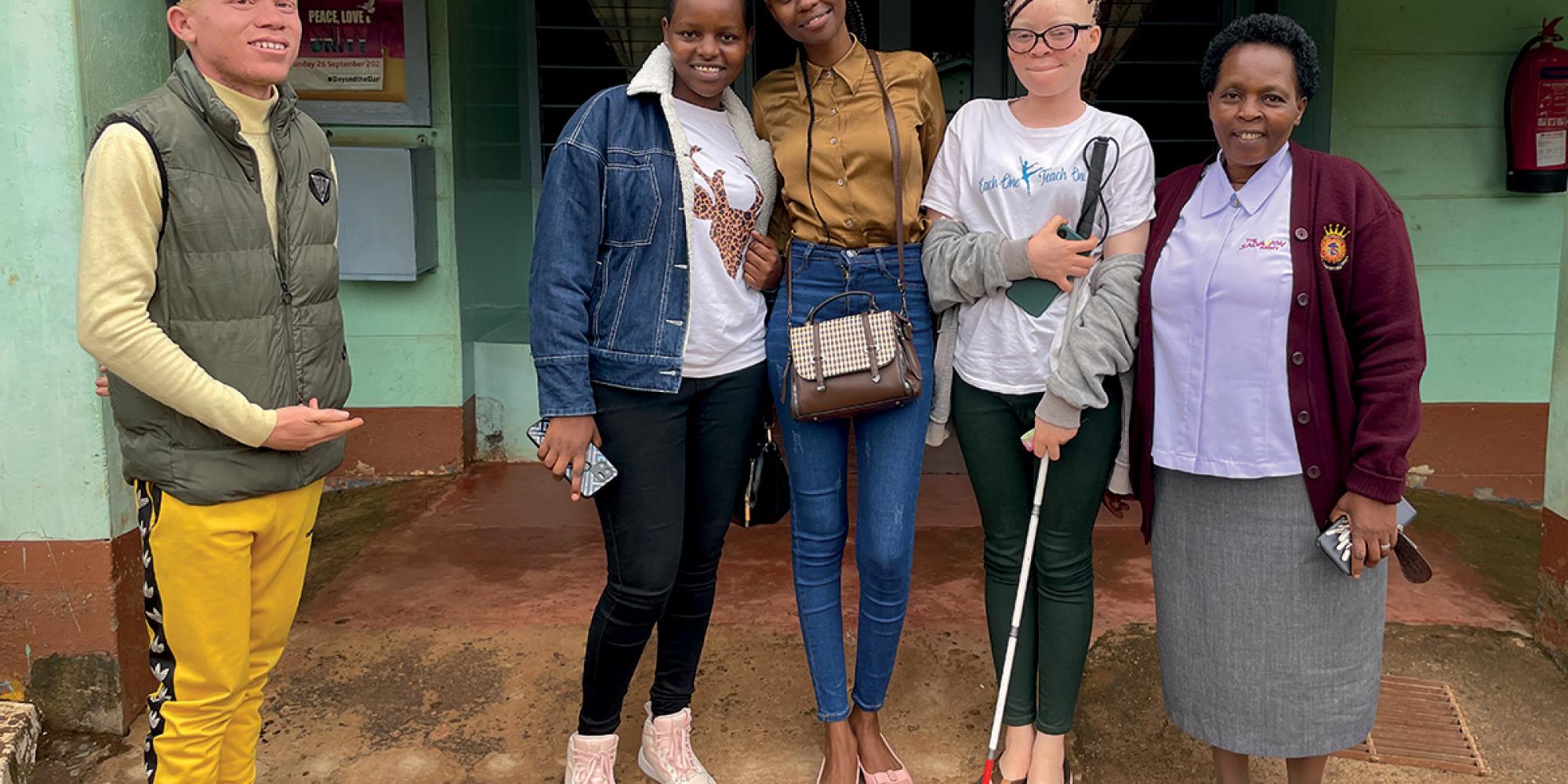
The Salvation Army has been involved in the education of learners with disabilities for a long time.
In Kenya, this work commenced in 1942, facilitated by an officer with experience in training people with visual impairments.
Informal training begins at the officers’ training college in Nairobi, with a few individuals learning to read Braille.
The Salvation Army agrees to partner with the government and build The Thika Technical School for the Blind. Twenty students are enrolled initially.
The institute offers two types of training, one academic and one trade-based, with learners taught trades including carpentry, shoe-making and gardening.
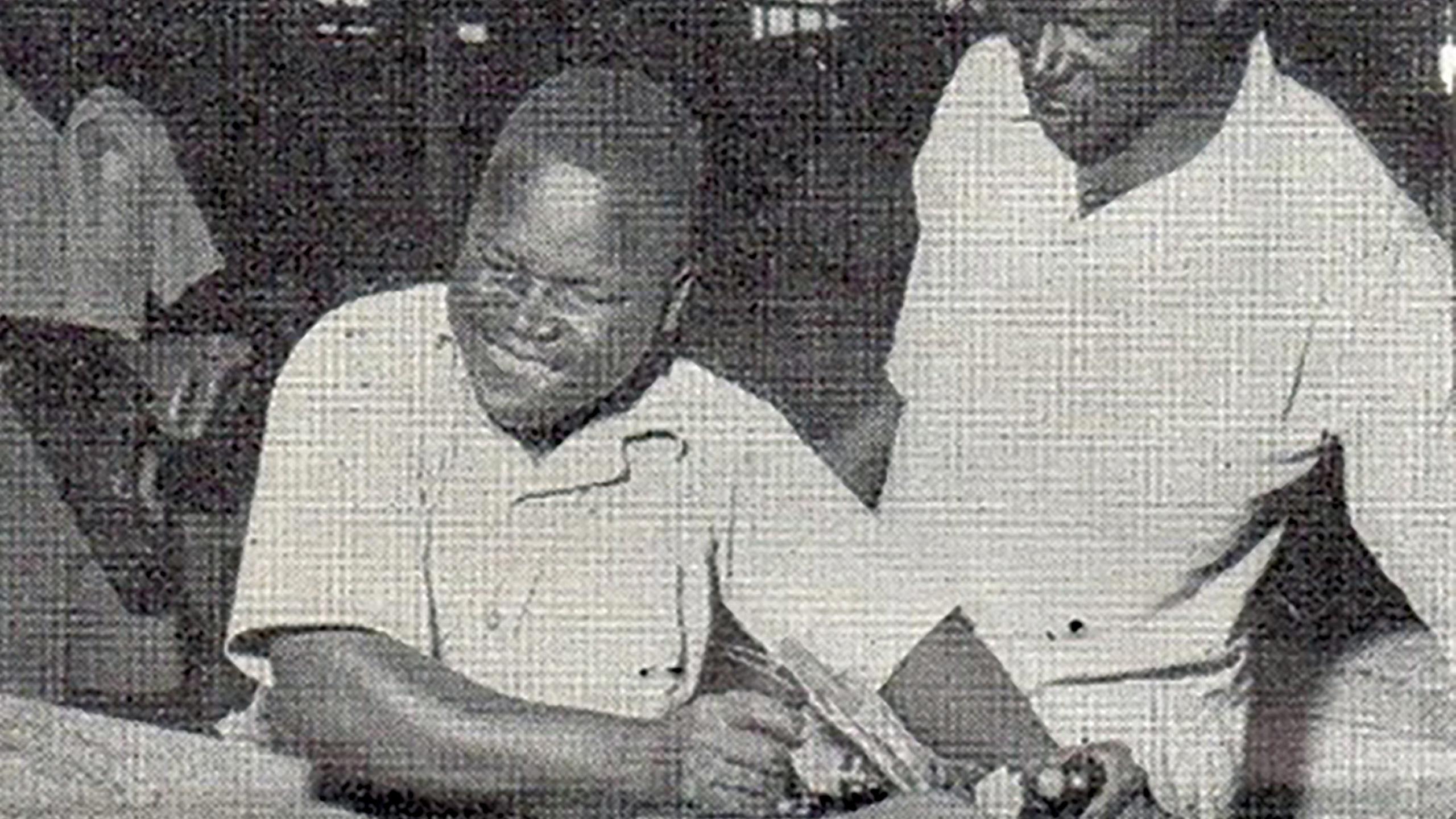
The institute offers primary education to visually-impaired learners, changing its name to Thika School for the Blind.
Girls enrol at the institute for the first time.
A nursery school opens within the primary school, with a total of 17 children enrolled.
The Thika High School for the Blind is opened to support learners to continue their education into high school.
The Salvation Army continues to provide quality education to learners with visual impairment, helping individuals become independent.
We have seen many students graduate over the years, going on to contribute to the growth of the country and the disability sector.
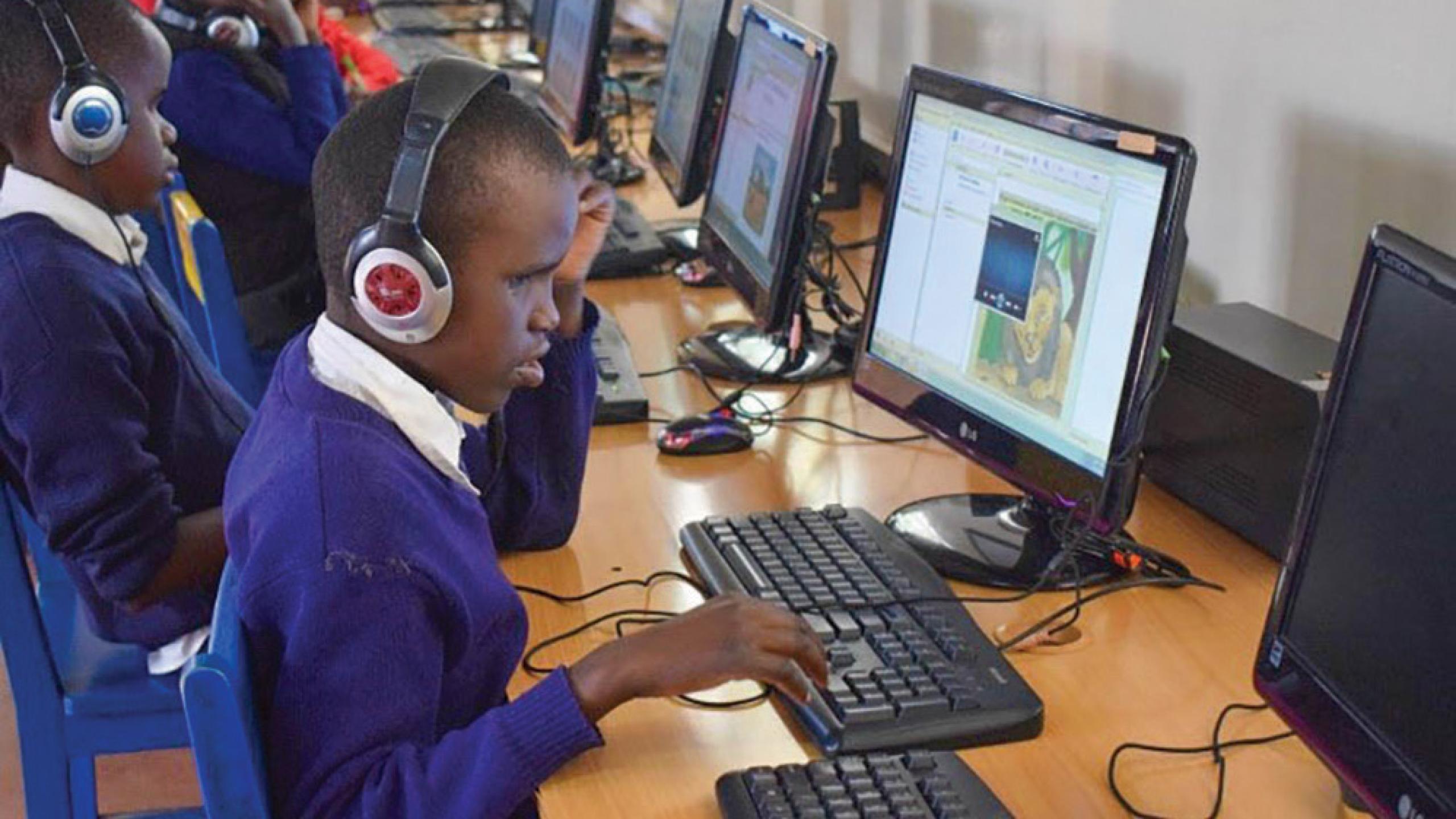
The Salvation Army has played a big role in the field of education of learners with visual impairments in Kenya.
The legacy of Thika School is its graduates, including:
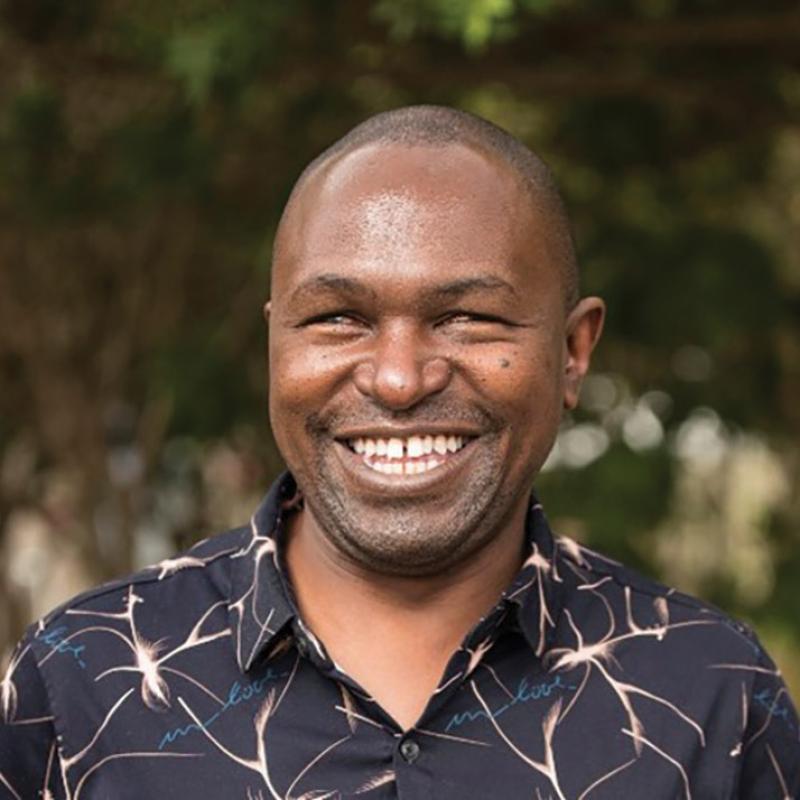
Country Director CBM Global – Kenya

Musician
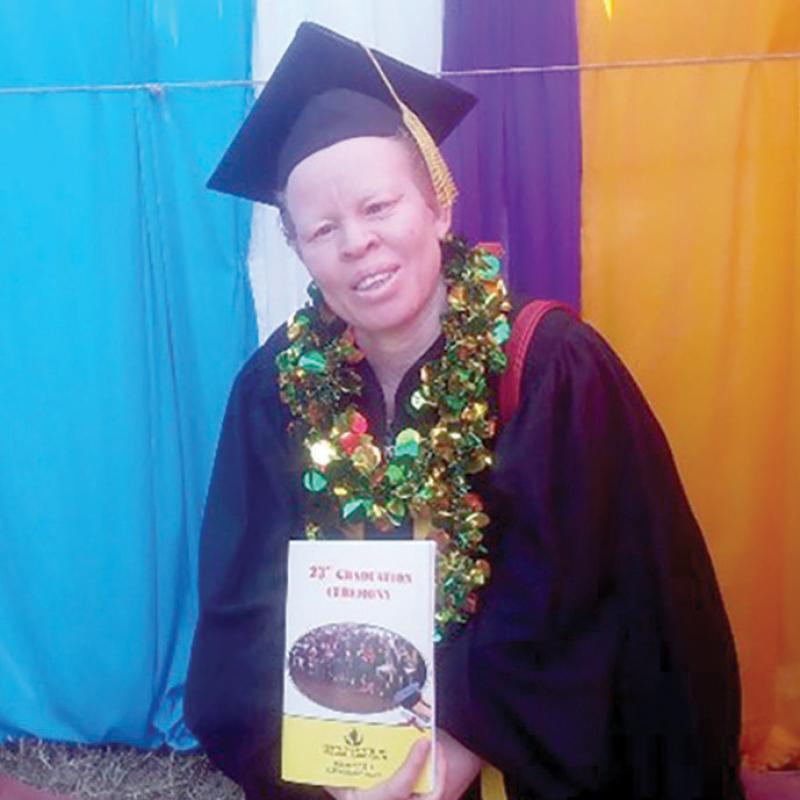
Teacher
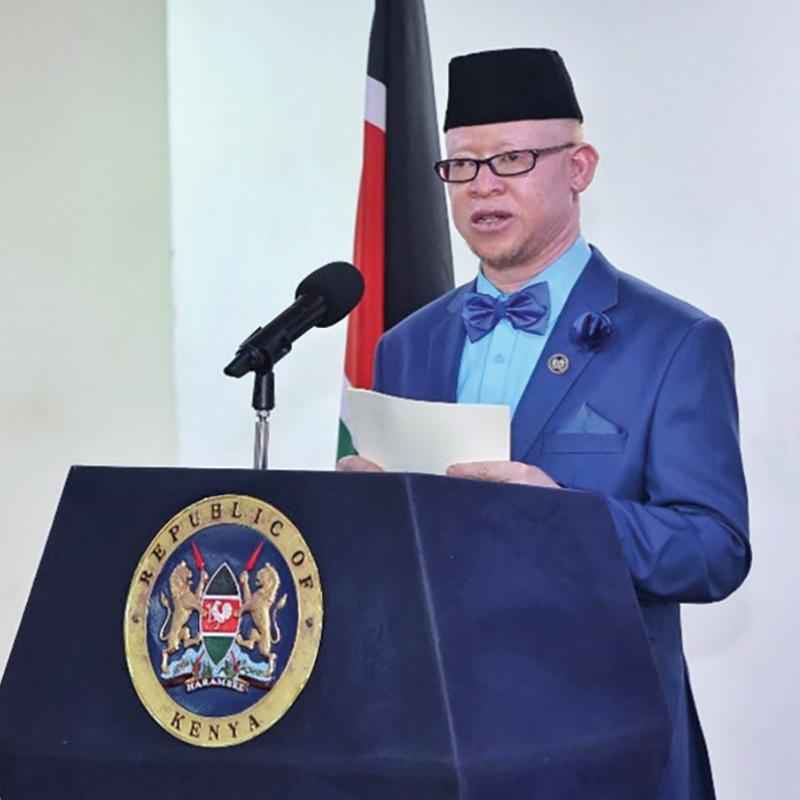
Government Spokesperson
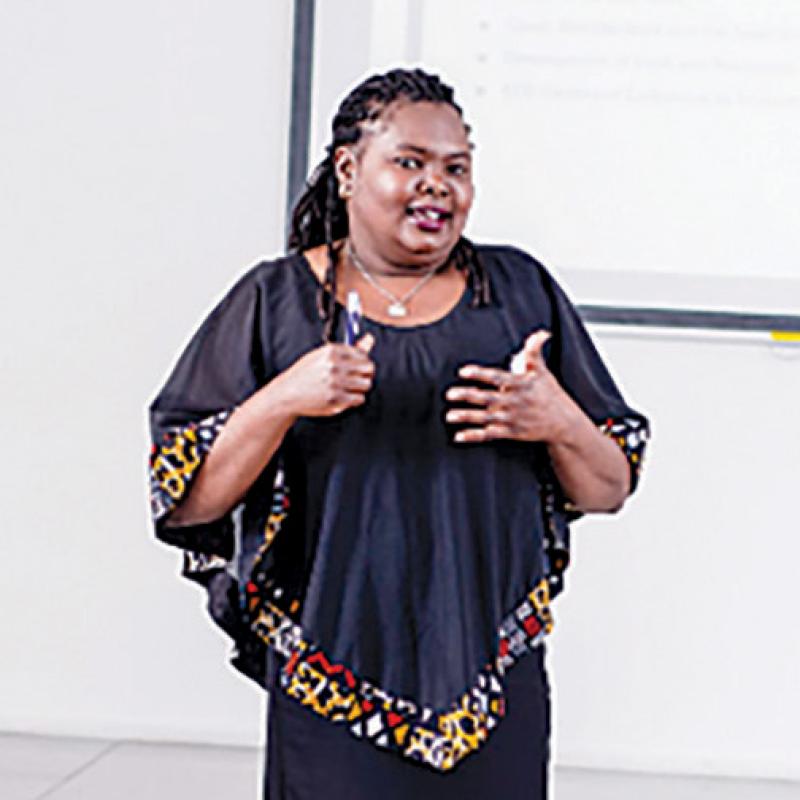
The Salvation Army
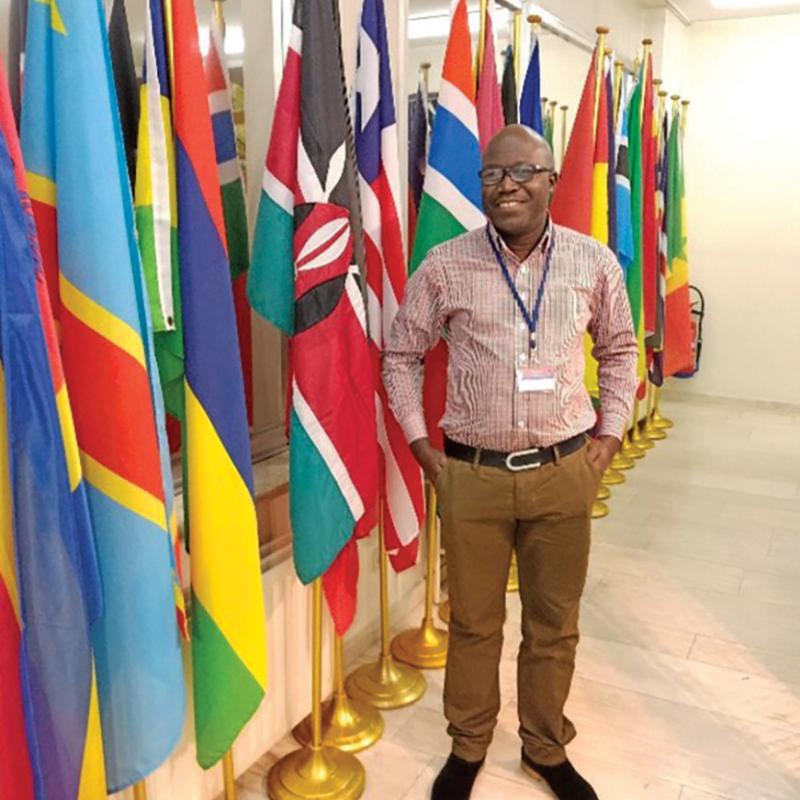
Executive CEO Kenya Union of the Blind
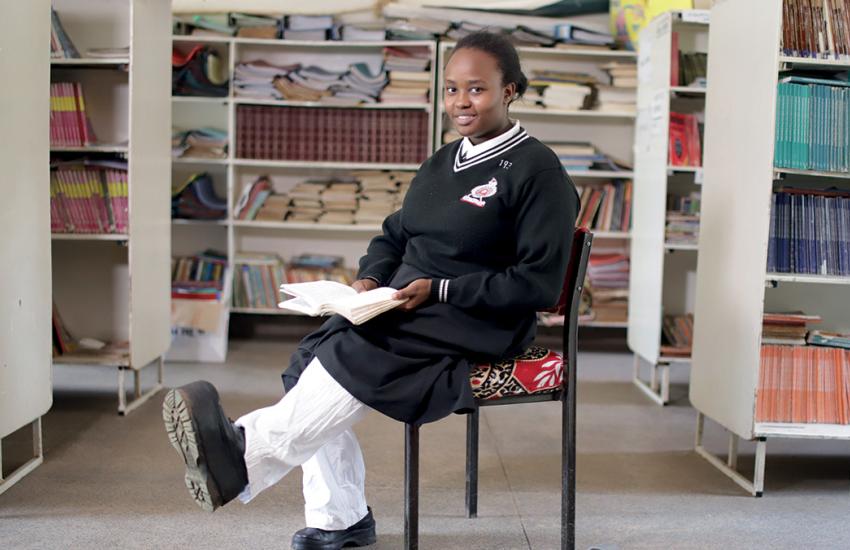
Josfridah, a student at Joytown School in Thika, Kenya, shares her story.
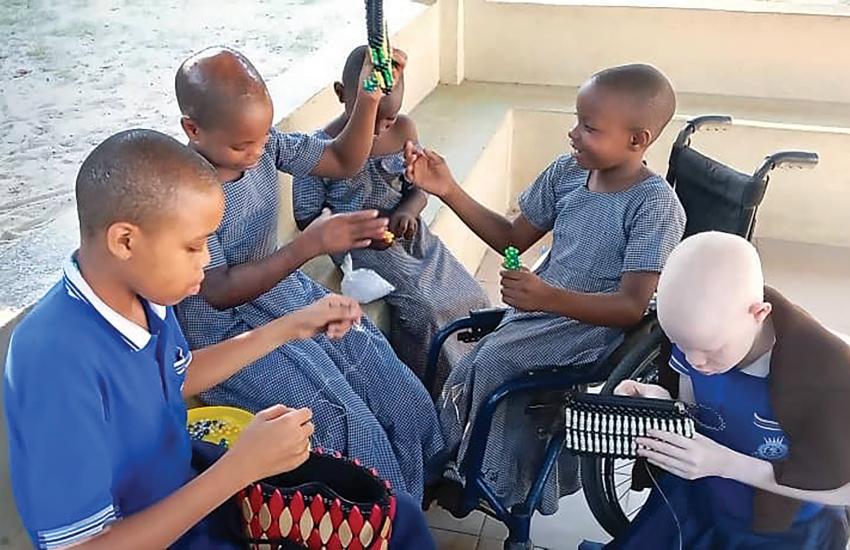
Matumaini means ‘hope’ in Swahili. Since the school started in 1967, it has been providing education and hope to primary school children living with physical disabilities and albinism. ]
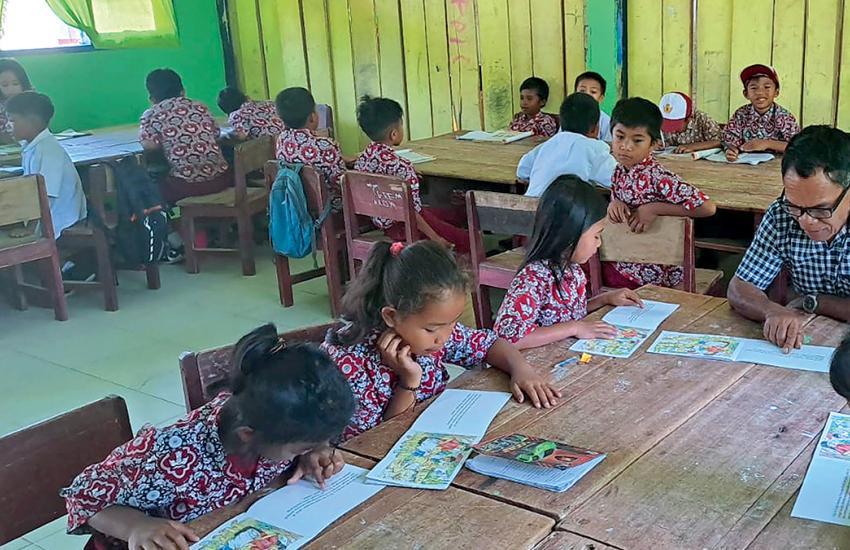
The Indonesia Territory has a significant number of education centres – 103 schools (Pre-Schools, Kindergartens, Elementary, Junior and Senior High Schools, and Vocational Schools), four academic and higher schools.
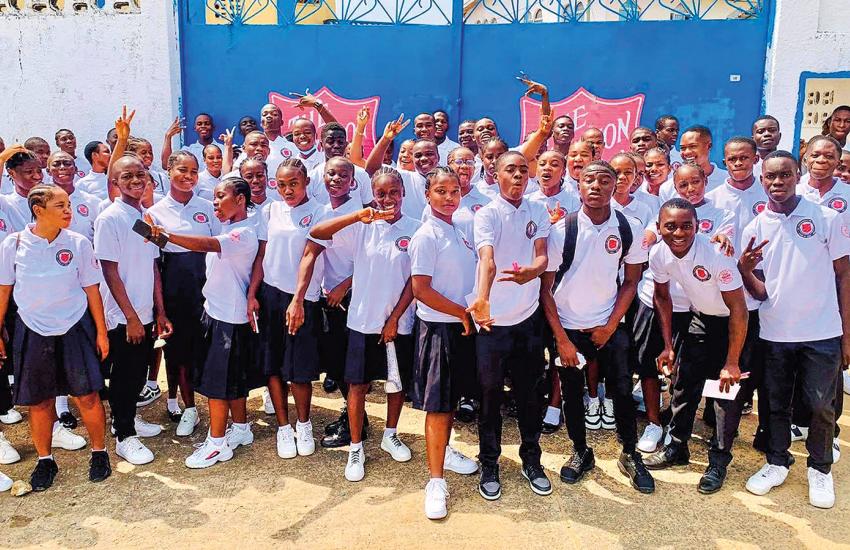
The Salvation Army in Liberia has a vision of reaching many communities in need with quality and affordable education.